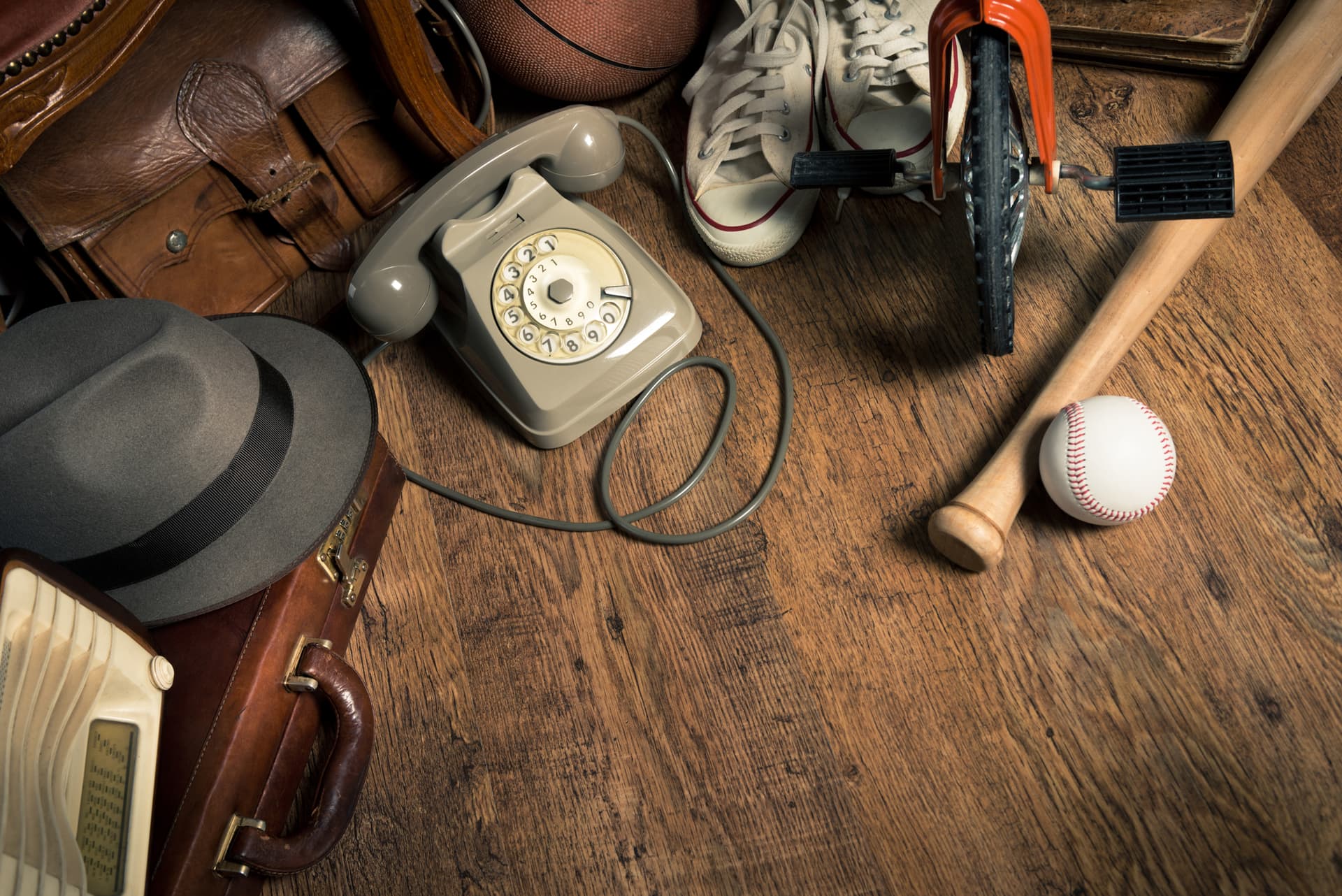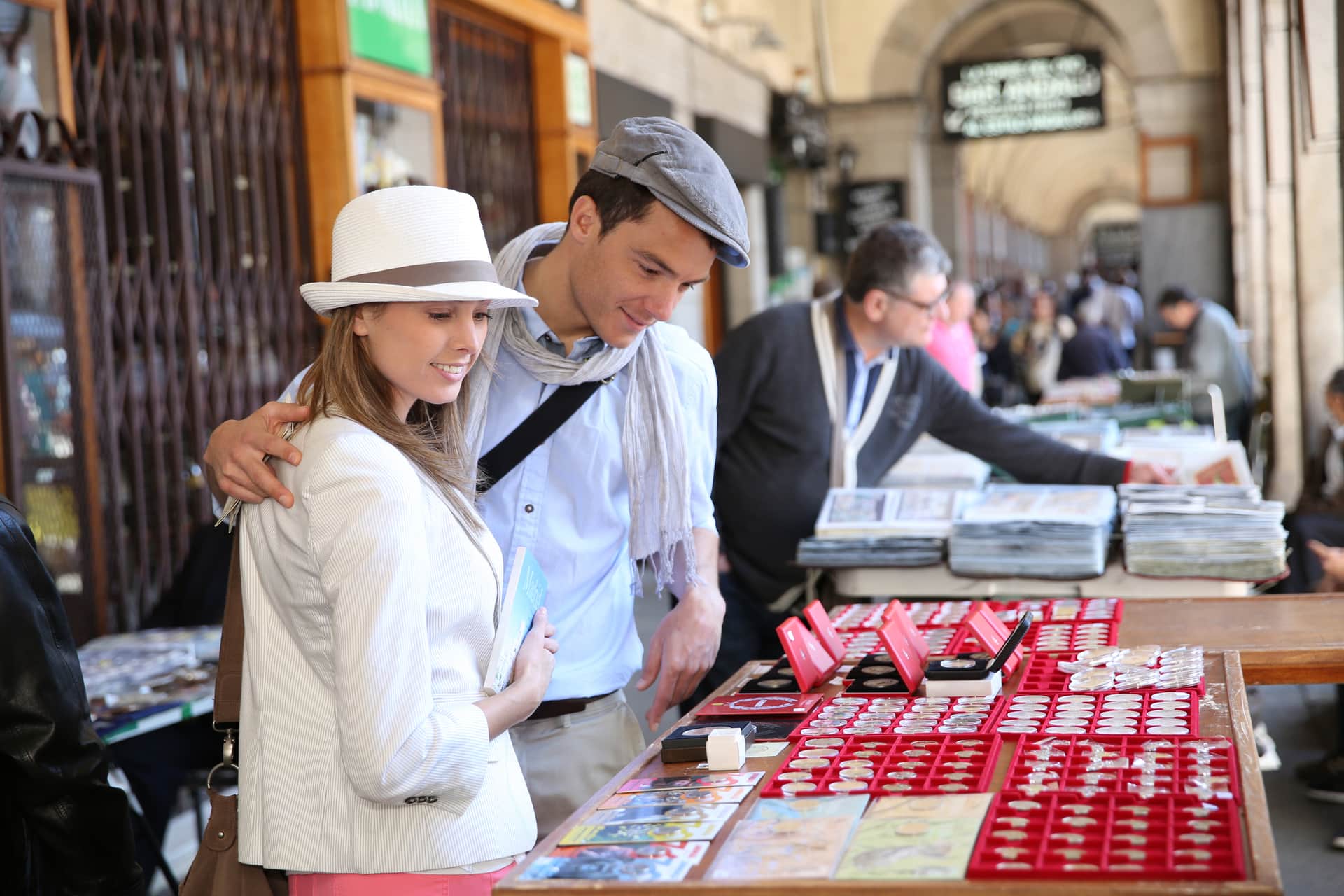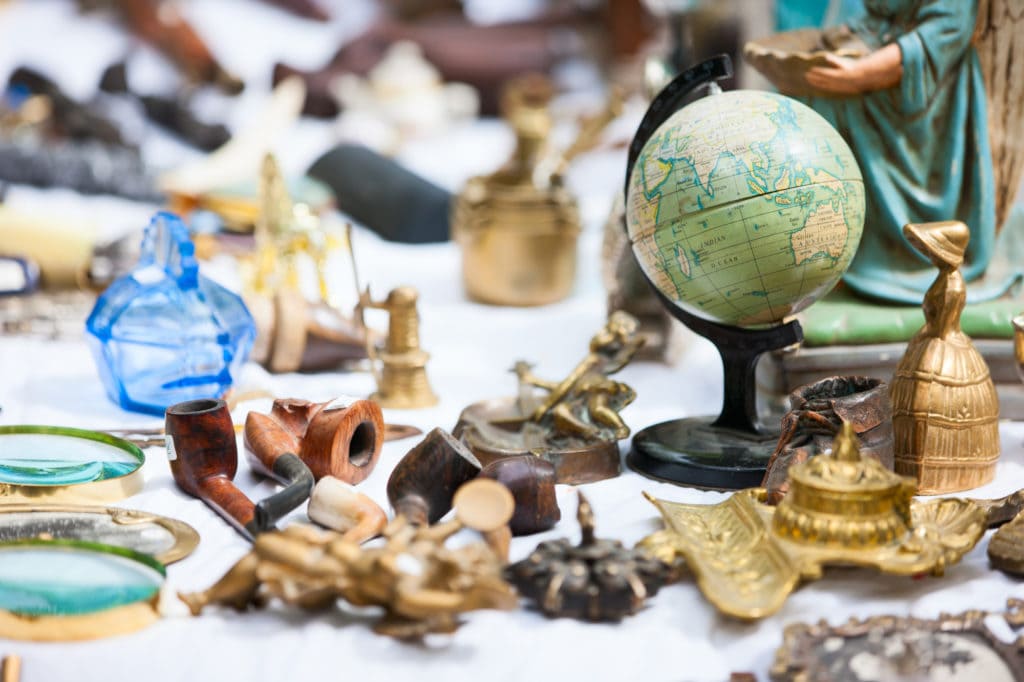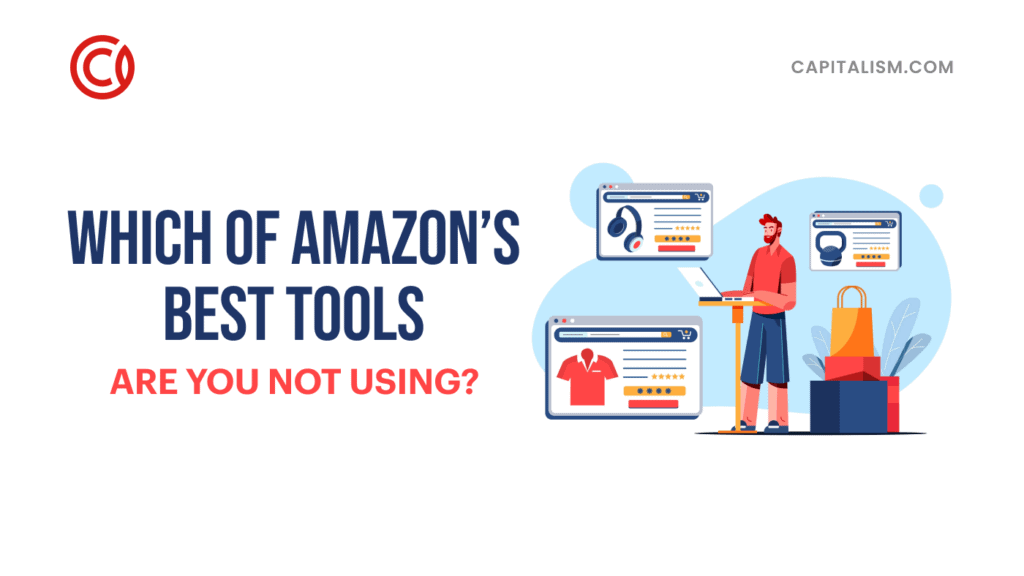Do you have an eye for vintage treasures and cool collectibles? Are you an aficionado of negotiations? If you like to wander the aisles of your local flea market or peruse the offerings at weekend garage sales, a flea market flip side hustle might be right up your alley.
The key is buying low and selling high. Like flipping real estate, the goal is to take an item from one market, say a garage sale, thrift store, or flea market, fix it up, and sell it for a higher price someplace else. It’s helpful if you have a knack for envisioning what an item might look like after repurposing. Whether you take it to a vintage, flea, or handmade goods market, or you take it online, making money flipping items can be fun and profitable.

What Are the Easiest Things to Flip?
There are a few ways to flip flea market and garage sale finds. One is to buy something and repurpose it or upcycle it into something different and new. For example, buying a tire and upcycling it into a coffee table. Another is to fix it up and sell it as a rehabilitated version of its former self.
Picking out the hidden gems is a skill that some people are born with, but one you can learn as you practice and get better at shopping for a deal. Keep in mind - it doesn’t matter how cheap something is if you can’t turn around and sell it for a profit. Learning what sells best is what will bring in the cash flow.
Some of the best items to rehabilitate or to remake and flip are:
Ryan Daniel Moran recently chatted with baseball card flipper, Dan Yvars on a Wine with Wyan episode. Enjoy!
With imagination, a little handiwork and carpentry, some elbow grease, and the right marketing, you can turn someone else’s second-hand items into useful and profitable treasures.
Some examples of fantastic transitions include:

You can find some examples to get your creative juices flowing in HGTVs “23 Totally Clever Before-and-Afters From Flea Market Flip.” Your imagination is truly the only limit to what you can create. And it isn’t just about making something new out of something old. With a good eye for quality, you can refinish, repaint, or reupholster an item to make it look new again and give it a whole new life. And make a pretty penny while you’re at it. All of these types of items tend to sell well and sell quickly, with a high profit margin, when it’s time to flip them.

Are they still making Flea Market Flip?
If you love a good flip, you probably watch HGTV’s popular show. The show has 14 seasons under its belt, with no signs of slowing down. It’s a great place to find inspiration for your flipping gig. You can learn tricks for negotiating with vendors, how to spot items that have value, whether as antiques or because of design or style, ways to transform something bland into something brilliant, and some great tips on displaying, marketing, and selling your items. As this article from New Jersey’s Patch indicates, contestants shop for pieces at low prices “to create their one-of-a-kind pieces” to try to beat their competitors and win the money. As a prospective flip expert, you have the same goal.
Can You Make Money At Flea Markets?
There’s one good reason to spend a lot of time at a flea market – to make money. But can you really bring in extra income this way? Indeed, you can! Not only is buying cheap and reselling repurposed pieces fun and challenging, but it can be profitable if you do it right.
First, it’s important to choose your market carefully. If you’re selling vintage refurbished items, you don’t want to haul them to a market that specializes in contemporary goods. Likewise, if you’ve spent time and money to repurpose an item, you don’t want to try to make money at a low-dollar rummage sale. Choose your market by who they cater to and what types of vendors sell there. If you position yourself properly, your goods will sell for the right price, to the right people.
And another flipping bonus - this type of income is basically recession-proof. Why? Because people want to sell their unneeded stuff, especially when the economy takes a dip. If this happens, your deals will get sweeter, but your target market will still be looking for one-of-a-kind items they can’t get anywhere else, and definitely can’t get for the price. And there’s room for everyone. Per Robert Stephenson in his article Why Flipping Flea Market Items For Profit Is Recession-Proof, “Here is the great thing about flipping. You don’t need to fight over one job. With flipping, there is plenty of work for all of us.”

What sells best at flea markets?
What sells best at flea markets is as much at the mercy of trends as any other type of consumer market. Sometimes you’ll see a surge in vintage timepieces flying out of the vendors’ booths. Other times it’s dressers and cabinets from the 70s that get people to spend their money. If you’re looking for hot items to shop for, keep your eyes on the trends. This will help you determine what you should keep your eye on. When you learn how to spot the upswing in what’s in vogue, you can shop early to find the best deals on things you can turn into what the people want.
Keep in mind, some items don’t flip well. Unless you’re sure you have a buyer, it’s best to steer clear of some of these items:
How do you start a successful flea market booth?
There are some basic guidelines when it comes to flea market flipping.
Start Small
First, start small and work your way up. Don’t spend $500 on an antique sideboard that you think you can repurpose and sell for $1,000. If it’s your first time out of the gate, you might end up losing money. Set a budget for purchases and stick to it until you know what you’re good at, and you’ve had some success with a few flips. Start at $50-100 and see if you can double your investment. As you repurpose and refinish items and sell them, go bigger. You’ll get a sense of what sells and what doesn’t, and what amount of sweat equity your time and energy levels will allow.
Choose Your Sales Channel
If lots of foot traffic is what you need to sell your wares, consider flea, art, handmade goods, or street markets. Choose your location carefully - you don’t want to get lost in the shuffle. If you feel like you’ll get more attention and profit from online sales, consider a neighborhood buy/sell/trade page on social media or a listing on eBay or Etsy.

Organize and Showcase
It’s all about appearances! If you just toss your newly crafted items into a booth and hope they find buyers, you’re selling yourself short. Organize your booth and display your sale pieces in an appealing way to draw in shoppers.
Learn How to Negotiate
Negotiating skills are valuable when you’re the seller and the buyer. Fine-tune your haggling savvy to get the best deals when you’re the shopper, and to keep the prices high when you’re the seller.
Other things that are important to sell your products successfully. These are some common questions answered:
Q: Do flea market vendors pay taxes?
A: Yes. If you sell your items for more than you paid for them, and that’s the goal, you must claim the profits. Profits count as business income.
Q: Do you need a tax ID to sell at a flea market?
A: Probably. Most states require a tax ID number to sell at a market. The good news is they are relatively easy to get and will help you come tax time.
Q: Do I have to charge sales tax at flea markets?
A: Yes. Most states require you to have a sales tax license and collect sales tax to sell at flea markets and craft fairs. Many vendors will build sales tax into their prices and track sales to submit their sales tax.
A Side Hustle You’ll Flip Over
If you’re handy and love a weekend trip to the flea market, it might be time to try your hand at flipping the treasures you find on your ventures. With a good eye, some keen negotiating skills, and a little elbow grease, you can be on your way to a secondary income stream. Do it right, and it can boost your bank account in big ways. Finding the right items to overhaul and the right outlets for reselling, and your foray into the flea market flip side hustle can be enjoyable at the same time it’s profitable. It’s a great side hustle you can start with a single purchase and watch it grow.
In The One Percent, we recently took a deep dive into how to make money buying low and selling high, aka arbitrage. If the idea of flipping stuff - whether as a side hustle or your main business - sounds like it’s right up your alley, you should join us and look for the April issue, the Arbitrage Edition.










